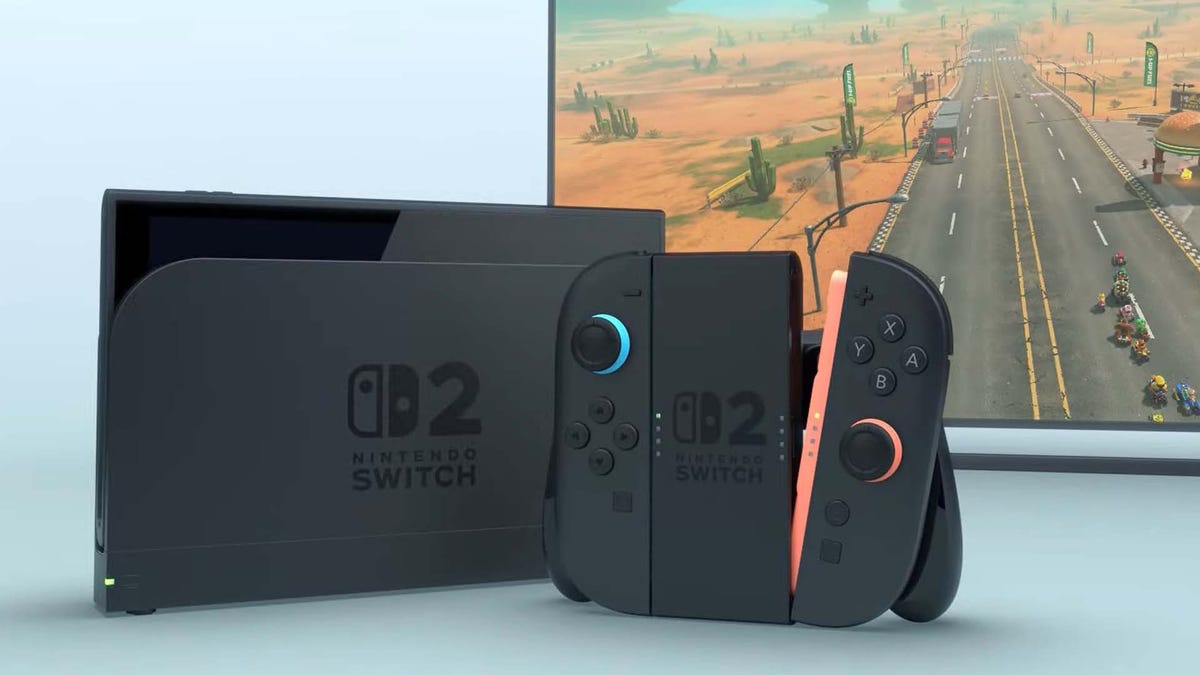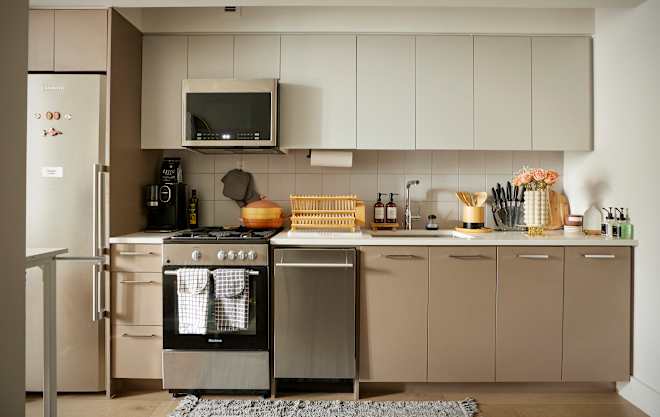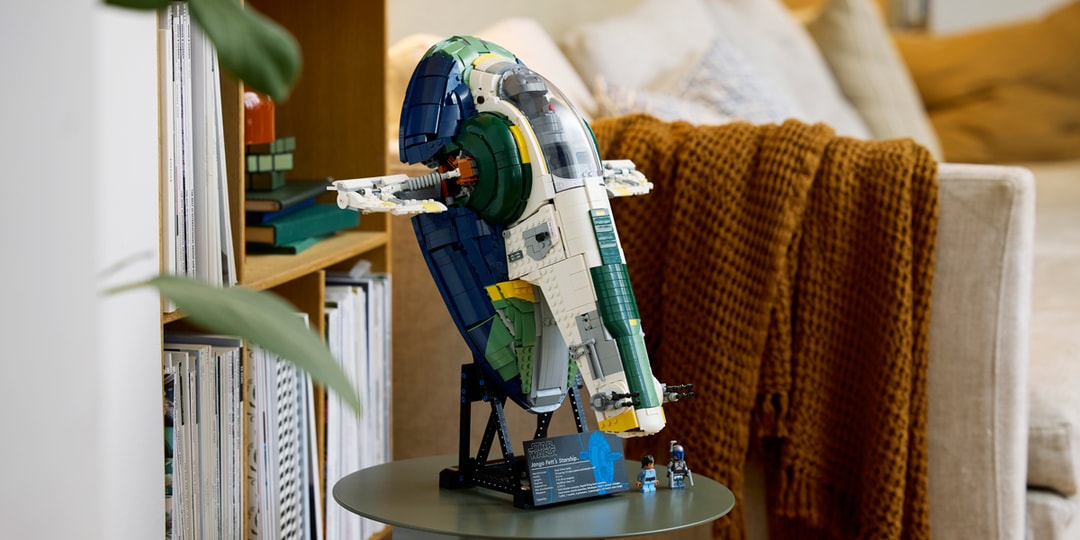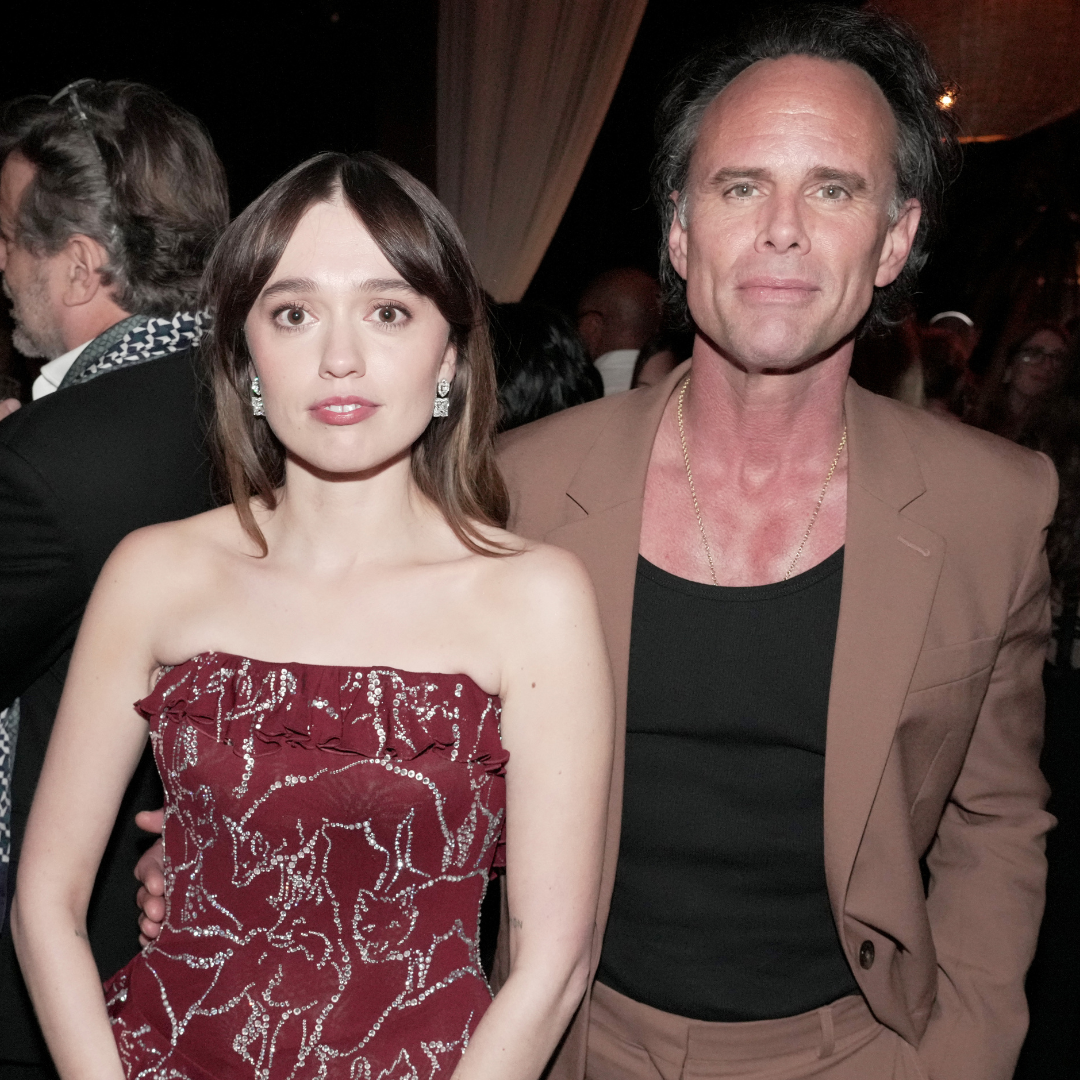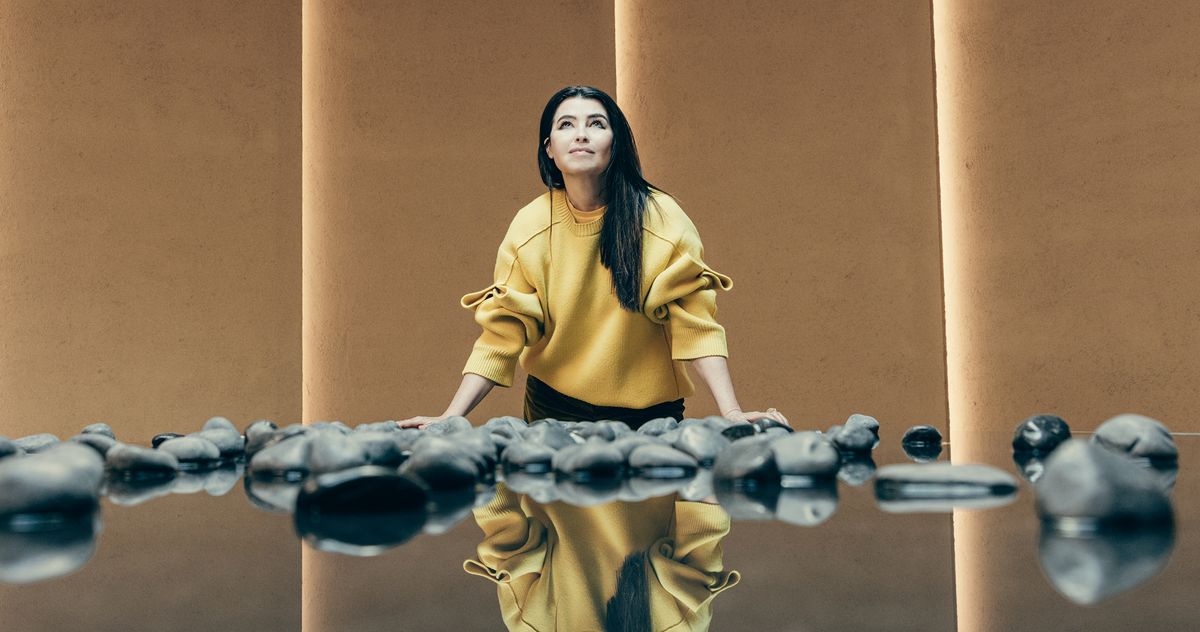Essentials: Armand Da Silva
For many, the interior design world can sometimes feel like an unwelcoming place, especially when hard-to-acquire-vintage pieces are thrown into the mix. This is the reality Armand Da Silva wants to challenge through his project time&space.In the latest installment of Essentials, Hypebeast has partnered with Habitat for the series’ homeware debut -- shining the light on the London-based photographer, archivist, and curator’s multi-use atelier and how the latest Spring/Summer 2025 range integrates seamlessly with his curated pieces.Da Silva’s passion for interior design was ignited by a childhood dream of being an architect. While that didn’t come to fruition, its inherent relationship with the field as well as his affinity for 20th-century icons maintained that love -- naturally leading to collecting staple pieces and preserving design history.Having collected a range of sought-after items from old magazine issues to unique objects, it was after a trip to LA that he realized he could take what he’s acquired and showcase them in a physical space. “I left there so inspired, that’s why traveling is so important,” he tells Hypebeast. “Being a photographer, you always dream of having your own studio, before we even thought of having a space that’s where my mind was at. I started to think of my collection and instantly knew that was our next step.”"It’s all storytelling [...] The curation allows me to bring the vision to life, blend in design and aesthetics, and craft environments that feel intentional and inspiring."Curating time&space, however, isn’t just a case of deciding what to take out of storage, but rather a meticulously thought-out process seen as an art form in itself. “I’m fascinated with carefully selecting pieces, even the pieces that we decide to buy, or get for the space, we're very selective with what we choose,” he explains. “It involves storytelling through spaces and objects. Whether it's art or objects, they evoke emotions and create a cohesive narrative. The curation allows me to bring the vision to life, blend in design and aesthetics, and craft environments that feel intentional and inspiring.”Travel, while important, wasn’t the sole motivation behind Da Silva’s desire to create an inspiring space. Given his knowledge of interior design, it’s not uncommon for him to strike up conversations with people who share similar interests, however, it was a disheartening experience with a local homeware store owner that led to the path he’s currently on. After admiring a newly added sofa in the window display, he went inside to enquire, and to his surprise was dismissed with a blunt “You won’t be able to afford it” before attending to another couple. “I'll never forget how that made me feel,” Da Silva says of how the experience changed his perspective of the design space, making him want to offer something more meaningful for the community. “I’ve always said I never want this space to feel like that. I want people to come and experience these pieces, and have access, as long as the space is respected.”Much has changed since then, and whether it’s hosting film screenings during the London Design Festival or opening up the space for curious enthusiasts, time&space is beyond a typical atelier. Its philosophy is the antithesis of elitism and what it represents is a place where people can experience design without restrictions.The essence of what time&space offers also bears a close correlation to Habitat’s ethos of “democratizing design.” Similarly, it’s about making good design accessible as well as giving people the opportunity to interact with pieces they might not have otherwise been able to get close to. “Design can be seen as an elitist space,” he states. “Someone came in and said it's like a museum but even better because no one is saying you can't touch this, you can't cross this line. It represents a safe space where people can come and experience and learn about design.”Continue reading for more about Da Silva and time&space’s homeware essentials.Hypebeast: What was your entrance to curation?Da Silva: From a young age, I dreamed of becoming an architect but that never came to fruition. Architecture and interiors go hand in hand and my passion naturally shifted towards interiors and design. Having a space has allowed me to combine creativity and functionality to transform spaces.It’s also a lifestyle, when I was first into this there was no one I knew to look to who was into this as well. When I came across NIGO’s house I realized that he's also into all of this, and I've always been a fan of him and Pharrell. He's a huge inspiration for me because he combined all of his interests into one and curated an amazing space.Most memorable piece you’ve acquired?Probably the yellow Ernst Moeckl kangaroo chairs. We bought two of them at a furniture market in Paris and I had to catch a Eurostar to bring them back because you can't take them on the plane. They were covered in plastic but you could obvious
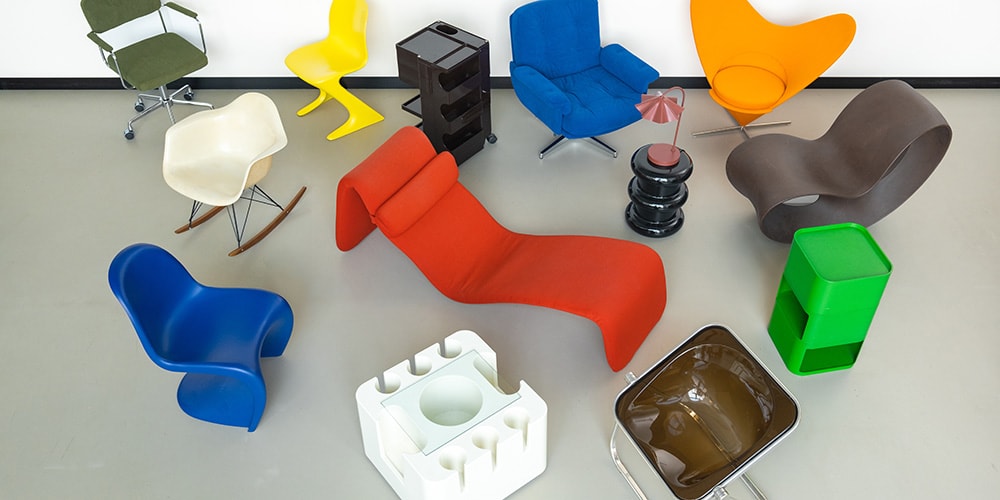

For many, the interior design world can sometimes feel like an unwelcoming place, especially when hard-to-acquire-vintage pieces are thrown into the mix. This is the reality Armand Da Silva wants to challenge through his project time&space.
In the latest installment of Essentials, Hypebeast has partnered with Habitat for the series’ homeware debut -- shining the light on the London-based photographer, archivist, and curator’s multi-use atelier and how the latest Spring/Summer 2025 range integrates seamlessly with his curated pieces.
Da Silva’s passion for interior design was ignited by a childhood dream of being an architect. While that didn’t come to fruition, its inherent relationship with the field as well as his affinity for 20th-century icons maintained that love -- naturally leading to collecting staple pieces and preserving design history.
Having collected a range of sought-after items from old magazine issues to unique objects, it was after a trip to LA that he realized he could take what he’s acquired and showcase them in a physical space. “I left there so inspired, that’s why traveling is so important,” he tells Hypebeast. “Being a photographer, you always dream of having your own studio, before we even thought of having a space that’s where my mind was at. I started to think of my collection and instantly knew that was our next step.”
"It’s all storytelling [...] The curation allows me to bring the vision to life, blend in design and aesthetics, and craft environments that feel intentional and inspiring."


Curating time&space, however, isn’t just a case of deciding what to take out of storage, but rather a meticulously thought-out process seen as an art form in itself. “I’m fascinated with carefully selecting pieces, even the pieces that we decide to buy, or get for the space, we're very selective with what we choose,” he explains. “It involves storytelling through spaces and objects. Whether it's art or objects, they evoke emotions and create a cohesive narrative. The curation allows me to bring the vision to life, blend in design and aesthetics, and craft environments that feel intentional and inspiring.”
Travel, while important, wasn’t the sole motivation behind Da Silva’s desire to create an inspiring space. Given his knowledge of interior design, it’s not uncommon for him to strike up conversations with people who share similar interests, however, it was a disheartening experience with a local homeware store owner that led to the path he’s currently on. After admiring a newly added sofa in the window display, he went inside to enquire, and to his surprise was dismissed with a blunt “You won’t be able to afford it” before attending to another couple. “I'll never forget how that made me feel,” Da Silva says of how the experience changed his perspective of the design space, making him want to offer something more meaningful for the community. “I’ve always said I never want this space to feel like that. I want people to come and experience these pieces, and have access, as long as the space is respected.”
Much has changed since then, and whether it’s hosting film screenings during the London Design Festival or opening up the space for curious enthusiasts, time&space is beyond a typical atelier. Its philosophy is the antithesis of elitism and what it represents is a place where people can experience design without restrictions.
The essence of what time&space offers also bears a close correlation to Habitat’s ethos of “democratizing design.” Similarly, it’s about making good design accessible as well as giving people the opportunity to interact with pieces they might not have otherwise been able to get close to. “Design can be seen as an elitist space,” he states. “Someone came in and said it's like a museum but even better because no one is saying you can't touch this, you can't cross this line. It represents a safe space where people can come and experience and learn about design.”
Continue reading for more about Da Silva and time&space’s homeware essentials.



Hypebeast: What was your entrance to curation?
Da Silva: From a young age, I dreamed of becoming an architect but that never came to fruition. Architecture and interiors go hand in hand and my passion naturally shifted towards interiors and design. Having a space has allowed me to combine creativity and functionality to transform spaces.
It’s also a lifestyle, when I was first into this there was no one I knew to look to who was into this as well. When I came across NIGO’s house I realized that he's also into all of this, and I've always been a fan of him and Pharrell. He's a huge inspiration for me because he combined all of his interests into one and curated an amazing space.
Most memorable piece you’ve acquired?
Probably the yellow Ernst Moeckl kangaroo chairs. We bought two of them at a furniture market in Paris and I had to catch a Eurostar to bring them back because you can't take them on the plane. They were covered in plastic but you could obviously make out the shape, and they questioned me a lot at the border. I told them they were chairs I brought from my auntie's house because, at that time, Brexit was in place so it wasn't as easy to bring goods back without hassle. The woman just laughed and told me to go through. I was lucky that she let me off because I doubt I'd get away with it now.
Hardest find?
It’s difficult to say because we usually don’t look for specific items, our process when collecting is if we find things and we like them, we buy them. But we do have these rare Joe Colombo Smoke Glasses. Made in the ‘60s, the design is really unique, it has a gap so where you hold it with your finger and you can also hold a cigarette at the same time. Especially the original ones we have here, they're super rare to come across. You could say that's our hardest find.
What has been your most significant commission?
It was on the photography side that also entered into design. I went to Ron Arad’s house — the designer of the brown rocking chair -- thanks to an invitation from his daughter. At the time he just had an operation, so he wasn't feeling 100% but he was still willing to see me and let me take a Polaroid of him — that was an experience. I've got two of his pieces and I'm actually meeting the guy that designed it. That was insane.
"Design goes far beyond just aesthetics, it’s about how things work [...] it’s all important, and I was so fascinated by it."



What makes good design?
Damn, there’s so many things that make good design. Materials, functionality, the way it looks, the durability. I could answer that question in so many different ways because there are so many factors that play a part.
I also like the storytelling behind products. For example, the Panton Chair, Verner Panton went through many different prototypes to get it right. The manufacturers didn't believe in it, and it would break during testing. On the older iterations, they had lines underneath to support the structure. But over time, they've changed the material and found a way to make it stand without having them. A story like that is really cool, and especially back then, it wasn't as easy to produce furniture as it is today, so I'm sure they had plenty more challenges. I just admire the persistence and the will to keep pushing until we get it right.
Who or what era has shaped your taste?
We're still very much into our classics -- ‘60s, ’70s, it may also lean into the ‘80s. For now, we stick to iconic pieces, those eras shaped what we're into. When I first got into this, I was heavily into mid-century but that slowly shifted into Space Age which is now my favorite era because its materials are a mixture of modernism and mid-century -- it’s inspiring.
Your first interaction with design?
I’ve always loved the way game consoles looked. For someone who appreciates design, I would always keep it in nice condition. Design goes far beyond just aesthetics, it’s about how things work as well. Even how the disc tray opens, it’s all design, it’s all important, and I was so fascinated by it.
How does Habitat’s ethos of democratizing design align with your mission?
Providing access to experience design is where our values are aligned. With Habitat, their thing was, and still is, to create furniture that's accessible, well-designed, and affordable. When it comes to us, just having access to experience design, whether that's through events or even by people booking an appointment to view the space – it's important for people to come in, engage, and appreciate these pieces.



As a design aficionado, what comes to mind when you think of Habitat?
It's definitely a brand that celebrates innovation and practicality in design from a legacy perspective. It represents a blend of functional design and style, and offers accessible, affordable contemporary pieces that have influenced and shaped modern British interiors.
How does the brand continue to connect with a modern consumer?
They’ve kept their main ethos and haven't strayed away from that. When it comes to products they’ve designed, they’ve kept their essence but also added updates to keep up with today’s trends and a contemporary consumer.
In what ways does the Habitat range complement your iconic pieces?
They integrate with our collection seamlessly because they offer a modern contrast to the ‘60s and ‘70s designer furniture we curate. They add a contemporary touch but still maintain a focus on functional, timeless design — bridging that gap between the past and present.
Check out how Habitat’s latest range complements Armand Da Silva’s Essentials in the gallery above.
To shop the full SS25 collection, visit the brand’s website now.


































































-Baldur’s-Gate-3-The-Final-Patch---An-Animated-Short-00-03-43.png?width=1920&height=1920&fit=bounds&quality=70&format=jpg&auto=webp#)













